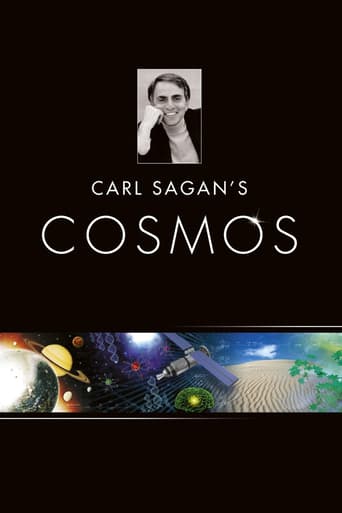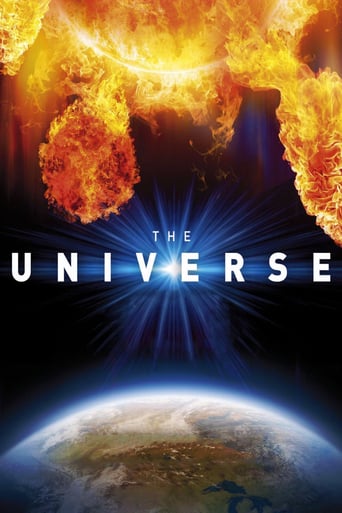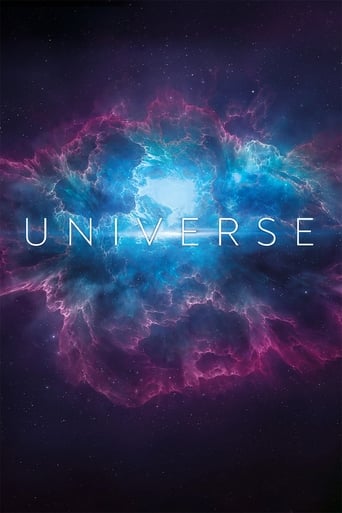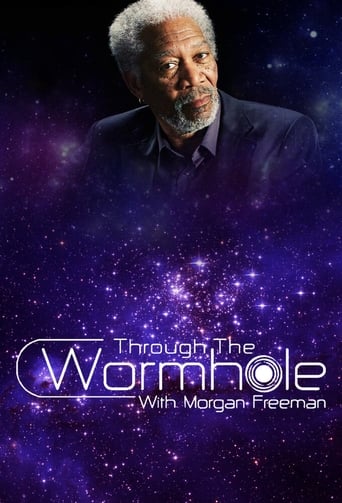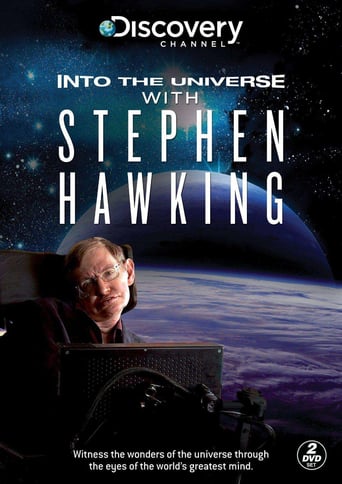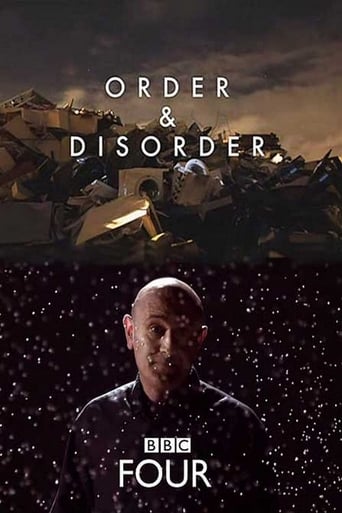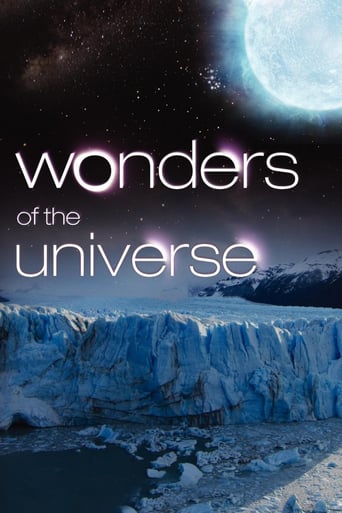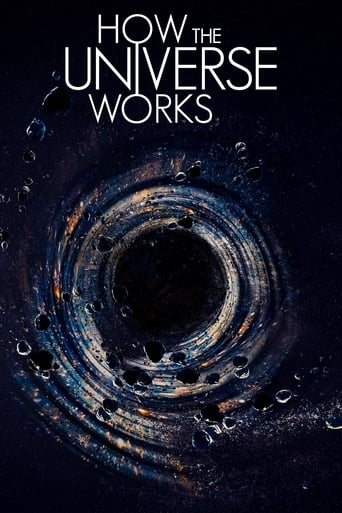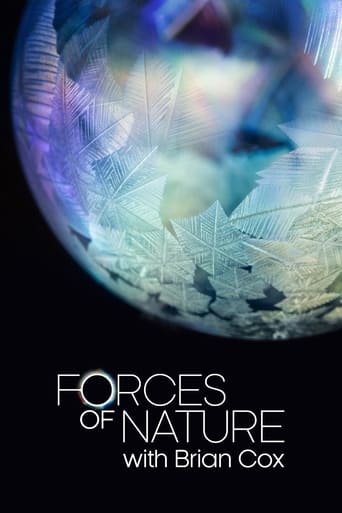The Sky at Night Season 2006
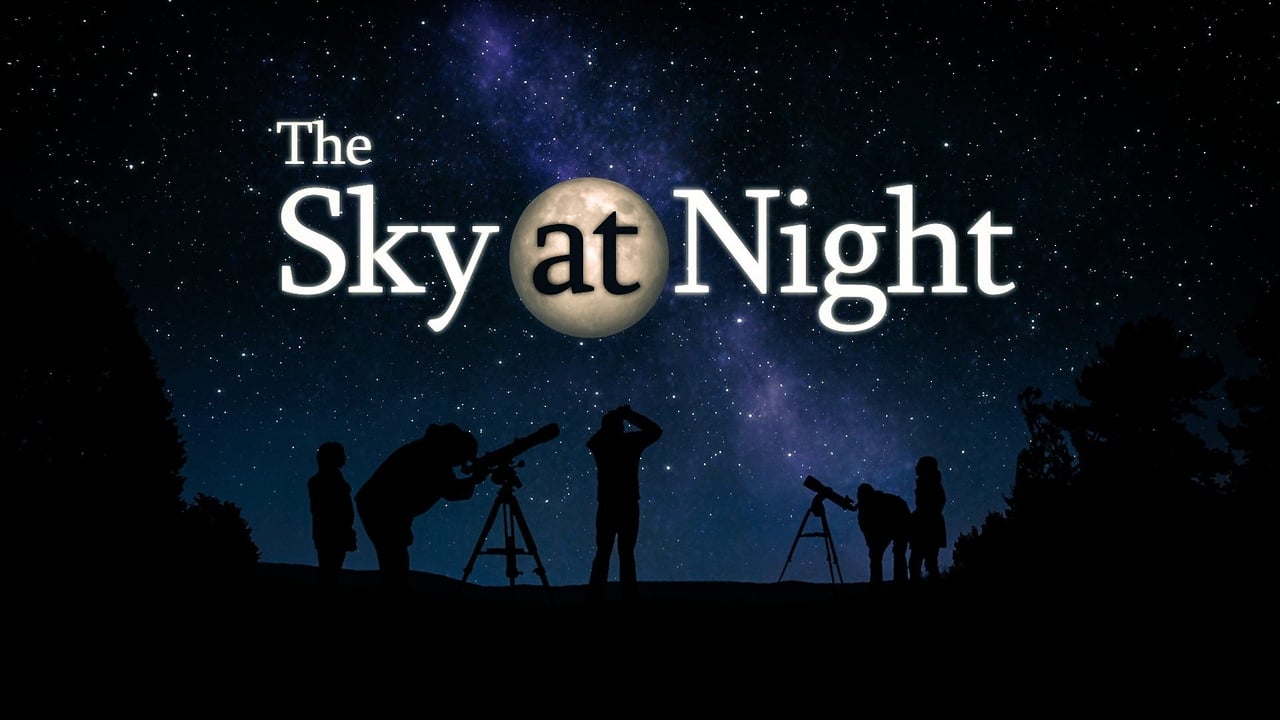
Your monthly journey through the fascinating world of space and astronomy with the latest thinking on what's out there in space and what you can see in the night sky.
Watch NowWith 30 Day Free Trial!
The Sky at Night
1957 / NR
Your monthly journey through the fascinating world of space and astronomy with the latest thinking on what's out there in space and what you can see in the night sky.
Watch Trailer
The Sky at Night Season 2006 Full Episode Guide
Patrick finds out how scientists are making sounds and music from the changes within stars. Chris Lintott looks at variable stars.
The latest findings of Venus Express, currently scrutinising Earth's 'evil twin' Venus, known for its searing temperatures.
What to look for over the next few months; Lucie Green visits the Autumn Equinox star party at Kelling Heath; Chris talks to cosmologist Jim Gunn.
SMART-1 project scientist Bernard Foing on the spacecraft's pioneering technology; Chris looks at the STEREO and Solar-B missions to the Sun.
UK scientists hope to find Martian life with the innovative 'life marker chip'; Chris lintott goes in search of the rover that will climb Martian mountains.
Uranus and Neptune, which four billion years ago were much closer to the Sun, regularly swap orbits. Chris lintott takes a closer look at Jupiter.
Discussing gamma-rays that the spacecraft Swift has shown are far more varied than at first thought. Chris Lintott also tracks down the supernovae hunters.
How galaxies are formed.
On 29 March, a total eclipse of the Sun passes over Antalya in Turkey. Patrick hopes for a glimpse of the partial eclipse to be seen from the UK.
Patrick Moore offers advice on how to observe the sun and its many brilliant features. Chris Lintott demonstrates how to split light into a spectrum.
Tips on finding Saturn; Patrick talks to Prof John Zarnecki about the latest from the Cassini mission.
Patrick Moore presents a guide to the most familiar body in the night sky, whilst Chris Lintott gives tips on how to observe the moon.
A look at Hawaii's Mauna Kea observatories; Chris looks at the telescopes, while Patrick talks to British scientists who use them.
Patrick talks to Mike A'Hearn, the NASA scientist behind the Deep Impact mission.
Free Trial Channels
Seasons



























